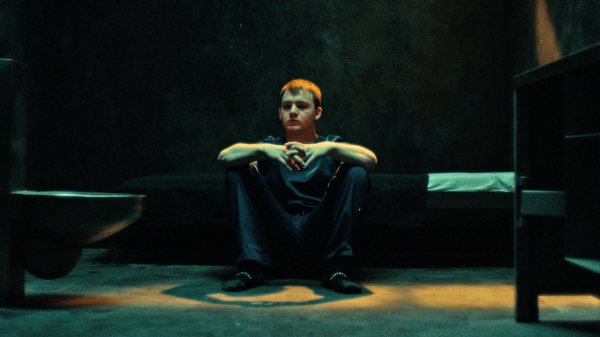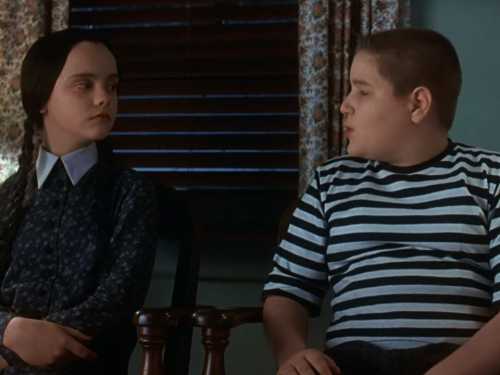
As one of the film’s three narrators, Burns sees the project as his chance to share his own experience and capture the “extreme isolation, deprivation, and pain of solitary” for a wider audience.
Every day, in prisons and jails across the United States, some eighty thousand people are held in solitary confinement, isolated and deprived of human contact. A growing body of scientific evidence shows that such conditions cause the brain to wither and can lead to permanent neurological damage. Per the United Nations’ “Nelson Mandela Rules,” which, in 2015, were adopted as minimum standards for the treatment of prisoners around the world, prolonged use of the practice amounts to torture and should be abolished.
All of this research and regulation reinforces what is already intuitive: taking away individuals’ ability to interact with the world around them strips them of what it is to be human. This notion is easy to understand; what is far more difficult to comprehend, for those who have never endured solitary confinement, is how it feels to be locked by the state in a cell no bigger than a parking space. “The Box,” a short documentary directed by James Burns and Shal Ngo, vividly bridges that gap. The film blends first-person narration, live-action reënactment sequences, and stop-motion animation to explore the psychological trauma that solitary confinement inflicts on survivors.
The New Yorker Documentary
View the latest or submit your own film.

Burns was put in solitary confinement for eleven consecutive months when he was sixteen years old; as one of the film’s three narrators, he sees the project as his chance to share his own experience and capture the “extreme isolation, deprivation, and pain of solitary” for a wider audience. The process was “both terrifying and cathartic,” he told me.
Burns and his fellow-narrators, Five Mualimm-ak and Pamela Winn, share their stories as actors relive their experiences onscreen. These threads are slowly woven together, and as they coalesce viewers are confronted with the sheer cruelty that the three faced during their combined nine years in isolation. Cries for help are met with violent disregard, and this only further accelerates their deterioration. In solitary confinement, human touch becomes as precious as water in the desert. In one particularly affecting scene, as the actor playing him is violently beaten by guards, Burns says that “having punches being rained down on you was better than not having any contact at all.”
Ngo’s animation lends the film the eerie, flickering-light quality of a horror movie, while also accentuating the narrators’ emotional testimonies, allowing their internal struggles to become visible and digestible to the audience. “In moments of abject horror, we use animation to offer a visual reinterpretation of the tragedy, leaning away from overindulgent gore in favor of symbolizing the drama,” Burns told me. Self-harm is represented by an extra set of arms springing out of a jumpsuit, self-hatred is recast in the form of mirror reflections that fight back, and nightmares are shown as shadows that threaten to suffocate.
The narrators’ resilience in the face of their own dehumanization still comes through. Pamela recalls how, in the most challenging moments of her isolation, she would think about her sons waiting for her on the outside: “Everything inside me—all that anger—turned to fight. And I was, like, ‘Fuck that. I got too much to live for.’ ” Even so, freedom does not bring easy salvation. The effects of solitary reverberate long after survivors have left the box. “I felt like I had lost something inside me that I’ll never get back,” Burns says, in the film.
For those who aren’t acquainted with this especially brutal feature of the U.S. carceral system, “The Box” is unsettling and evocative. It’s also a wakeup call. The documentary is not just about the narrators’ personal trauma but about the reality that this country contains, as Five puts it, these “safe spaces for pain and punishment and torture to happen—and we pay for it.” We are left to ask ourselves why.
Sourse: newyorker.com






